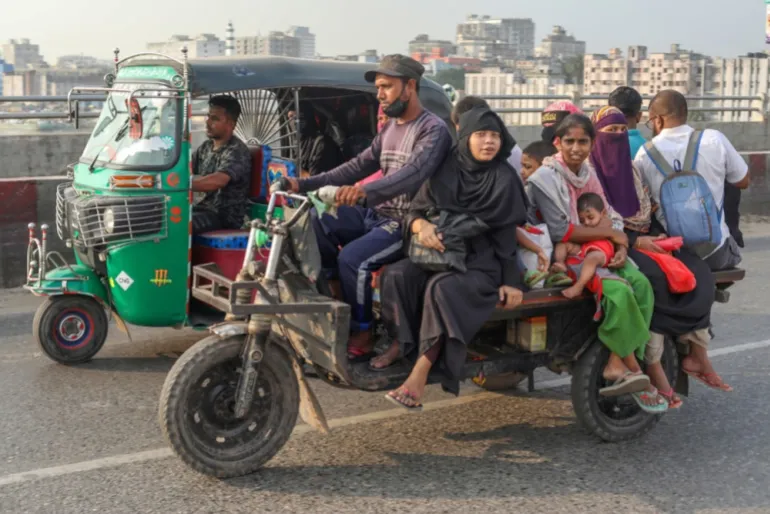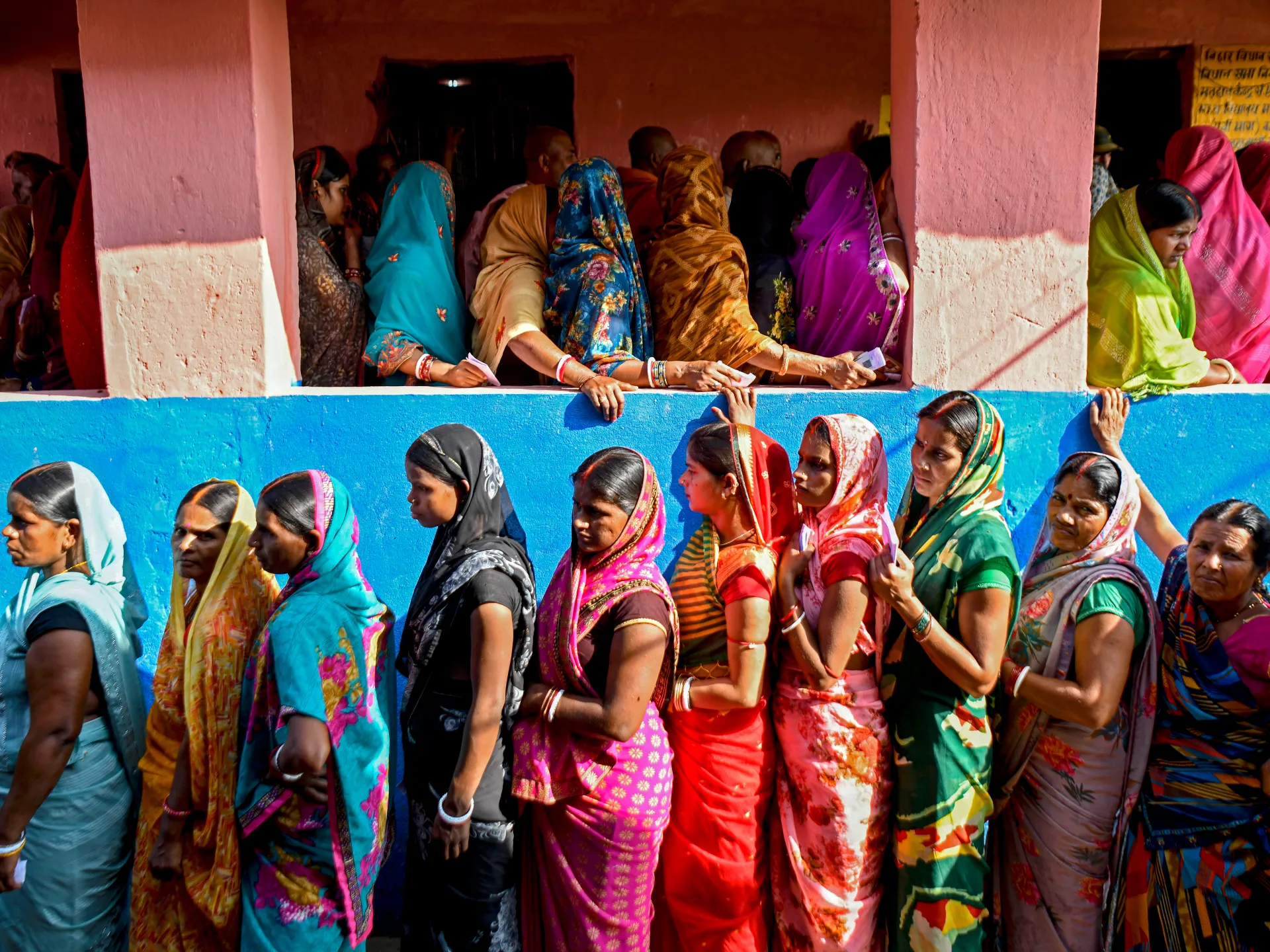Indonesia’s Jakarta now the world’s largest city, Tokyo falls to third: UN | Demographics News
Nine of the top 10 mega-cities are in Asia, with Bangladesh’s Dhaka projected to be the world’s largest city by 2050.
A new United Nations report has found that Indonesia’s capital Jakarta is the world’s largest city with 41.9 million people living there, followed by Dhaka in Bangladesh, which is home to 36.6 million.
A low-lying coastal city located in the west of the densely populated island of Java, Jakarta rose from second place to replace Tokyo, which had been named the world’s largest city in the UN’s most recent assessment published back in 2000.
Recommended Stories
list of 4 itemsend of list
The Japanese capital’s relatively steady population of 33.4 million saw it fall to third place behind Bangladesh’s densely populated capital, Dhaka, which jumped to second place from ninth and is now projected to become the world’s largest city by 2050.
The World Urbanization Prospects 2025 report from the United Nations Department of Economic and Social Affairs also found that the number of megacities – urban areas with more than 10 million inhabitants – has increased to 33, four times more than the eight megacities that existed worldwide in 1975.
Asia is home to 19 of the world’s 33 megacities, and nine out of the top 10. In addition to Jakarta, Dhaka and Tokyo, the other Asian cities in the top 10 are: New Delhi, India (30.2 million); Shanghai, China (29.6 million); Guangzhou, China (27.6 million); Manila, Philippines (24.7 million); Kolkata, India (22.5 million); and Seoul, South Korea (22.5 million).
With a population of 32 million people, Egypt’s Cairo is the only city in the top 10 that is outside Asia, according to the UN.
Sao Paulo in Brazil, with 18.9 million people, is the largest city in the Americas, while Lagos in Nigeria also grew rapidly, making it the largest city in sub-Saharan Africa.

Still growing
Dhaka’s rapid growth has partly been driven by people from rural areas moving to the capital, searching for opportunities or fleeing hometowns due to problems including flooding and rising sea levels, made worse by climate change.
Jakarta is also facing problems due to rising sea levels. It is estimated that up to one quarter of the city could be under water by 2050.
The problem is so serious that Indonesia’s government is building a new purpose-built capital city in Nusantara in Borneo island’s East Kalimantan province. Yet while the city’s officials and parliamentary buildings will have a new home, the UN estimates that 10 million more people will be living in Jakarta by 2050.
The city’s growing population will also have to contend with concerns over inequality and affordability, which saw thousands of people take to the streets of the Indonesian city earlier this year, reflecting rising anger over the conditions of low-income workers, including app-based motorcycle ride-share and delivery riders.
Meanwhile, according to the UN report, Iran’s capital Tehran, which is facing water rations because it is close to running out of water, currently has a population of nine million people.
The new assessment also saw changes as the UN adopted new measures to try to address inconsistencies in how different countries defined urbanisation.
The UN also said that in most cases its report reflected the size of individual cities, rather than two cities that have grown together, with a small number of exceptions.
The new definition defined a city as a “contiguous agglomeration” of one-kilometre-square grid cells with a density of at least 1,500 inhabitants per square kilometre and a total population of at least 50,000.

